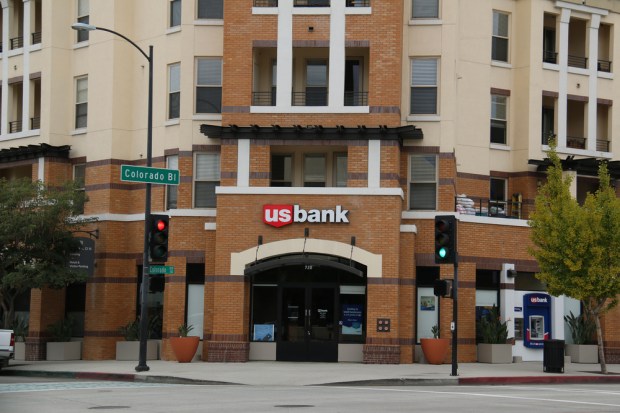Overcoming The Payments Data Integration Hurdle

With data analytics now a paramount process of cash flow management, developers are tasked with making their most innovative B2B payments and finance technologies seamlessly integrate with ERP and accounting platforms.
The issue, said U.S. Bank Senior Vice President of Corporate Payments Robert Kaufman, is that there are so many versions of these accounting platforms and so many ways to customize them that ensuring B2B payments tools integrate properly isn’t a sure bet.
“What we’ve learned over the years is, even if you have two companies that have the same ERP system, they’ve typically implemented it differently within their organization,” he explained to PYMNTS. “It’s not uncommon for them to be on different versions of the platform, so almost every integration becomes somewhat custom.”
This presents a major hurdle for businesses that want to adopt digital payments methods: If corporations can’t link their virtual payments data into accounting systems, then one of the most captivating benefits of virtual payments is lost.
U.S. Bank’s remedy for this is its new APConnector, a tool that works with the database behind existing ERP and accounting systems to accelerate and ease the process of linking virtual payment technologies to platforms already in use by businesses. According to Kaufman, grabbing hold of the data behind digital payments can have an impact on bottom lines in accounts payable, an area typically viewed as a cost center.
“It’s not only the cost savings of having to print and mail checks and reconciliation pains that go into that existing process,” he said. “Now, clients are actually receiving a revenue share for making a virtual payment — or even with ACH. The simplicity that comes with back-end reconciliation as they integrate with us to reconcile and track those payments, in many cases, has turned the AP shop into a profit center instead of an expense.”
U.S. Bank hopes its APConnector will promote the migration to digital payments among its corporate clients. But Kaufman agreed that there are more hurdles businesses must overcome to make the leap.
“It’s a combination of a lot of things,” he explained of the many reasons why firms struggle to let go of paper checks. “What we’re talking about here is the work needed to integrate with your bank to make things electronic, and as it relates to cards, there is an effort to convince suppliers to accept cards as a form of payment as opposed to a check.”
Those interchange fees can be an especially large pain point for suppliers when transaction values rise, he noted. And even with better data integration capabilities, progress is slow.
“What we see is it’s slowly evolving; we all wish it would move quicker,” the executive stated.
Adding to the momentum of the evolution, though, is the wave of technologies that Kaufman said will all play their role in promoting digital B2B payments. Asked whether initiatives like faster payments, real-time payments or even blockchain will have an impact, the executive declared “all of the above.”
Kaufman pointed specifically to the use of mobile payment solutions, like Apple Pay and Android Pay, which he believes will soon expand their support for commercial cards. But it’s just one technology of many. The focus, Kaufman added, must be on reducing friction, easing adoption, reducing costs and — where possible — helping companies make more money.
“We don’t believe there’s one Holy Grail, that all payments will be made [a certain way],” he said. “I don’t think checks will ever go away. There will always be a need and a time and place for everything.”
